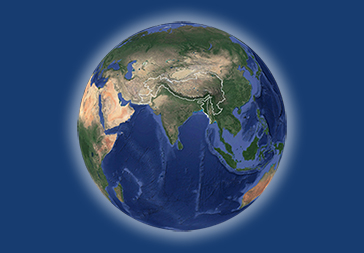Glaciers are one of the essential climate variables (ECV) to better understand the climate system. The regular monitoring of the glacier mass balance gives information about the water stored and released in form of ice melt in a certain period of time. In Nepal, there are more than 3800 glaciers (Bajracharya et al., 2014). Among them, ICIMOD with its partners systematically monitors Yala and Rikha Samba Glacier since 2011, and submits the data to the World Glacier Monitoring Service (WGMS). In the Himalaya is the largest ice repository outside the polar regions, which contribute to 10 major rivers of Asia. Climate change severely impacts glacier melt and its associated geohazards, downstream water availability, which is of increasing concern in the HKH region. The region is sensitive to climate change and witnesses rapid glacier melt, increased frequency and magnitude of extreme weather events, and a shift in monsoon patterns. It is crucial for the countries in the region to improve their knowledge and understanding of the changes taking place in the cryosphere and determine what will be their implications to the region’s water supplies. The International Centre for Integrated Mountain Development (ICIMOD) in collaboration with partners from Nepal and with the support of the government of Norway and Switzerland is implementing the project ‘Monitoring and assessment of changes in Glaciers, Snow and Glacio-hydrology in the Hindu Kush - Himalayas with a special focus on strengthening the capacity of Nepalese organizations (the HKH Cryosphere Monitoring Project)’ since 2011.
